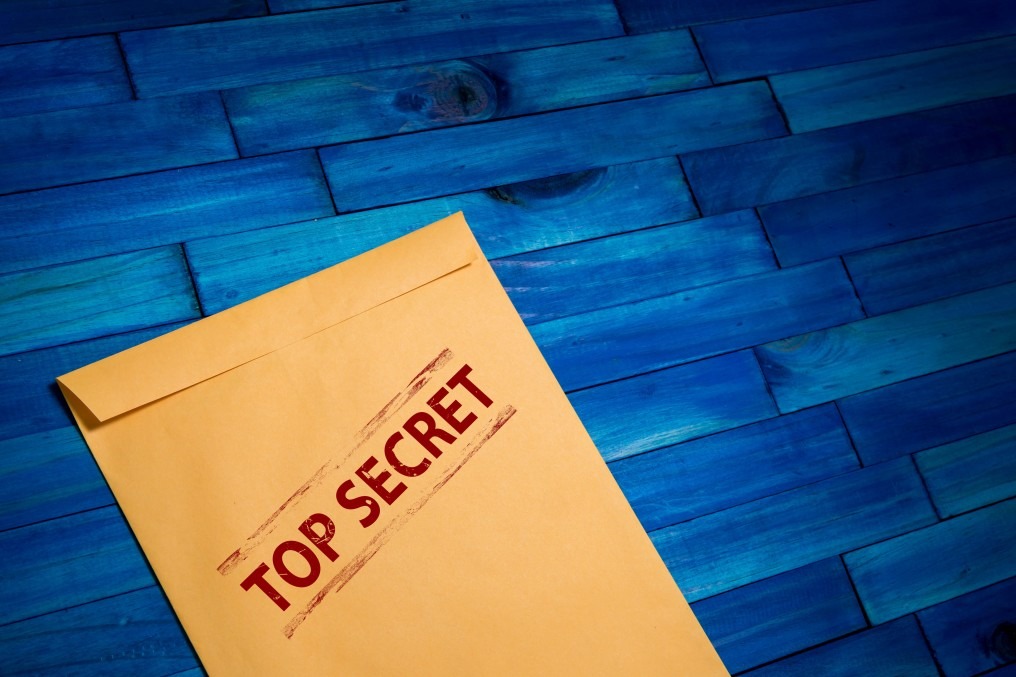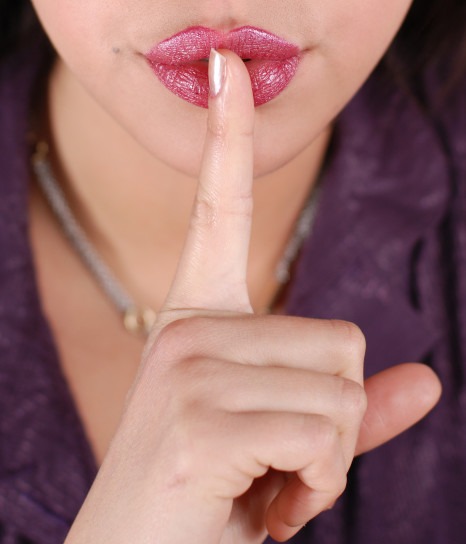We discussed in a previous post that entrepreneurs, technology startups and innovators often face challenges, including the protection of a trade secret in algorithms or software code, while pursuing copyright registration of original software code or source code.
But in some cases, copyrightable subject matter in source code, or object code, may contain trade secret materials, and that raises additional issues as to the manner and method of which an application for copyright registration is filed in the United States Copyright Office because that materials becomes public, potentially jeopardizing the confidential status of trade secret materials.
Trade Secret Protection in Copyright Registrations

A Trade secret generally consists of information and can include a formula, pattern, compilation, program, device, method, technique or process. To meet the most common definition of a trade secret, the material must be used in business, and give an opportunity to obtain an economic advantage over competitors who do not know or use it.
If the source code of a computer program contains trade secrets, one of the following options are available to submit a portion of the source code for the specific version you want to register:
• Copy of the first ten pages and last ten pages, blocking out none of the code;
• Copy of the first twenty-five pages and last twenty-five pages, blocking out the portions of the code containing trade secret material, provided the blocked out portions are less than fifty percent of the deposit;
• Copy of the first twenty-five pages and last twenty-five pages of the object code for the program, together with ten or more consecutive pages of source code, blocking out none of the source code (see subheading about object code below);
• If the source code for the entire program is fewer than fifty pages, one copy of the entire code.
If the source code for the computer program contains trade secret material, the applicant should submit a portion of the code using one of the following options:
– The applicant may submit the first ten pages and last ten pages of source code, provided that none of the code is blocked out;
– The applicant may submit the first twenty-five pages and last twenty-five pages of source code with the portions of the code that contain trade secret material blocked out, provided that the blocked out portions are proportionately less than the remaining material and provided that the unblocked portions contain an appreciable amount of original authorship;
– The applicant may submit the first twenty-five pages and last twenty-five pages of object code for the program together with ten or more consecutive pages of source code, provided that none of the source code is blocked out; or
– If the source code for the entire program is less than fifty pages, the applicant may submit the entire code with the portions of the code that contain trade secret material blocked out, provided that the blocked out portions are proportionately less than the remaining material and provided that the unblocked portions contain an appreciable amount of original authorship.
In all cases, the copyright owner should use the following guidelines in preparing the selection of source code:
– If the source code does not have a precise beginning, middle, or end, the applicant may submit an appropriate number of pages (using one of the options described above).
– The applicant should submit the portion of the source code that contains the copyright notice (if any) for that version.
– The applicant should notify the Office that the source code contains trade secret material. When completing an online application, this information should be provided in the Note to Copyright Office field. When completing a paper application on Form TX, this information should be provided in a cover letter.

Derivative Computer Programs That Contain Trade Secret Material
If the applicant intends to register a derivative computer program that contains trade secret material and if the new material or revised material appears throughout the entire program, the applicant should submit a portion of the source code for that version using one of the fol- lowing options:
– The applicant may submit the first ten pages and last ten pages of source code, provided that none of the code is blocked out; or
– The applicant may submit the first twenty-five pages and last twenty-five pages of source code with the portions of the code that contain trade secret material blocked out, provided that the blocked out portions are proportionately less than the remaining material and provided that the unblocked portions contain an appreciable amount of original computer code.
Computer Screen Displays and Trade Secrets
A computer program and the screen displays it generates are generally considered the same work, because most screen displays are created by the program code. If the same party owns the copyright in the program code and the screen displays, the program and any related screen displays can be registered with the same application. But if different parties own the copyright in the program code and the screen displays, separate applications are required.
To register program code and screen displays owned by the same party, check the box marked “computer program” when completing the “Author Created” field in the online application. There is no need to expressly assert a claim in the screen displays. A registration for a computer program covers the copyrightable expression in the program code and any copyrightable screen displays it generates, even if the application does not specifically mention screen displays and you do not submit a copy of screen displays.
If the copyright owner specifically claim screen displays in the application, you must submit a representative sampling of those screen displays. For information about submitting material related to computer screen displays, see chapter 1500, section 1509.1(C)(6), of the Compendium.
Consultation with an experienced trade secret and technology startup attorney can help entrepreneurs, technology startups, and small businesses in Los Angeles, Beverly Hills, West Hollywood, Malibu, Santa Monica, and other regions in California, articulate a sound copyright registration and filing strategy that takes into account the proprietary nature of trade secrets which may be embedded in software code.

